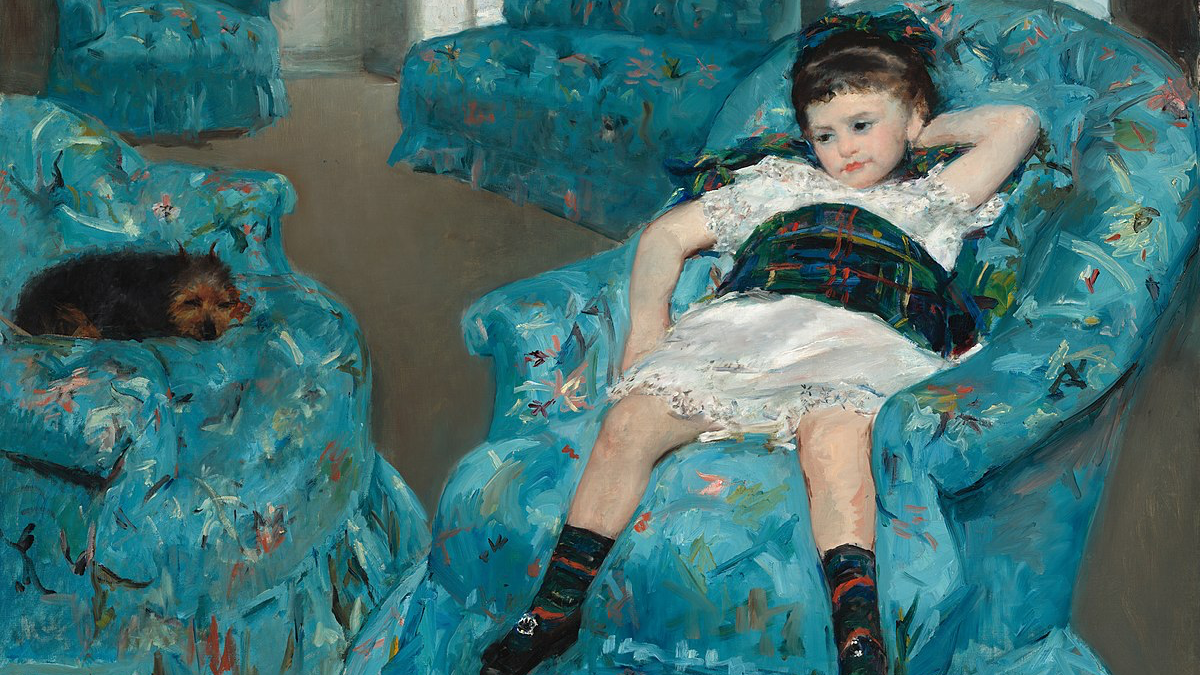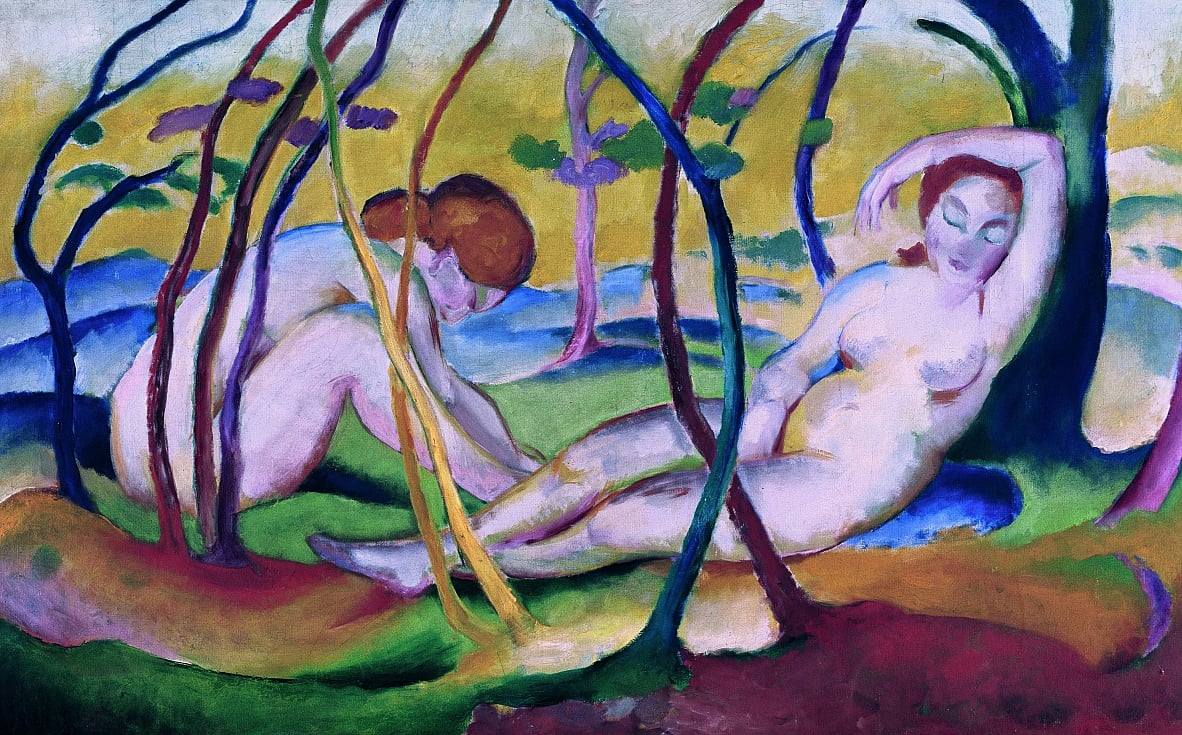
How Manet Changed Art History
In the world of art, Édouard Manet is known as the founding father of modernism. His short but powerful life set a framework of rebellious creativity through his rejection of the status quo, upon which Impressionists and Post-Impressionists built budding, experimental careers. Manet impacted the future of art as we know it. Together, let’s explore the change-making career of Manet and how he changed art history.
A touch of modernism
Before diving into the fruitful career of Manet, let’s talk about modernism. Modernism is an overarching movement in culture and society that took place at the end of the 19th century and into the 20th. It was during this time that artists branched away from academic painterly styles to portray the world around them. They did this through the use of new materials and artistic approaches.
Although there are several styles and periods of art under the umbrella of modernism, there are also various, reoccurring principles that tie them together. This includes a rejection of conservative values, generally inspired by multiple social and political movements. As well as the experimentation of craft and technique.
A formative, artistic path
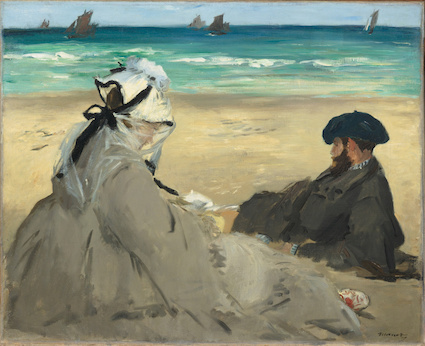
The French painter Édouard Manet, was born in Paris on January 23, 1832, to an elevated bourgeois family. Brother to the painter, Eugène Manet, and son to Eugénie-Désirée Fournier, the daughter of a French diplomatic family related to Swedish royalty, and Auguste Manet, the chief of personnel at the Ministry of Justice. Both of his parents had desired that Manet would find a passion for the law; however, his interests led him down a different path.
Manet’s passion for painting was evident and undeniable from an early age but his parents felt differently. After his father was unwilling to accept Manet’s interests, he applied for the French naval academy. Although he failed the entry exam, Manet boarded a navy vessel as an apprentice in 1848. Due to continuous failures, his parents eventually yielded to his desires, allowing Manet to pursue his love for painting.
The beginning of something new

Due to encouragement from his uncle, Edmond Fournier, Manet made several trips to the Louvre. By the age of eighteen, he began his artistic studies at the studio of Thomas Couture, in 1850. At the time, Couture was one of the most significant painters within the French art community. He was also known to be an excellent teacher. Couture had previously been a pupil of Antoine-Jean Gros, who was mentored by Jacques-Louis David. Manet’s artistic pedigree was merely two generations away from the founder of the modern French school.
French journalist and politician, Antonin Proust, was Manet’s friend and first biographer. He wrote several accounts documenting disagreements between Manet and Couture. However, that being said, Manet ultimately stayed and continued to study alongside Couture for a duration of six years. After ending his studies, Manet amply traveled throughout Europe. He visited museums and sought education and inspiration, in preparation for the beginning of his personal career.
Facing criticism and rejection

In 1859, Le Buveur d’absinthe, an example of Manet’s early venture towards realism, was rejected by the jury of the official art exhibition of the Académie des Beaux-Arts in Paris, the Salon. Although met with rejection, Manet applied again, and two years later, his painting, Le Chanteur espagnol (1860), was accepted for the salon of 1861. The painting received many accolades from the likes of esteemed French writer and art and literary critic, Théophile Gautier. However, it was not until the years 1862-1865 that Manet fully crashed the glass ceiling of the Paris art scene, solidifying the first movement of his mature career.
Manet began to drift away from his predecessors, experimenting with a different style of painting. He emphasized broader, more-visible brushstrokes while utilizing a heavier application of paint. He depicted everyday people doing everyday activities. His paintings were full of real, human beings. This ranged from musicians, to unhoused people, and sex workers. Because of this, Manet faced criticism, puzzlement, and scandal. Throughout the course of this time period, Manet painted his infamous Le Déjeuner sur l’herbe (1862-1863), Olympia (made in 1963 but displayed at the 1865 Salon), and Christ Mocked (1865). This fruitful time swiftly laid the groundwork which established Manet as the founding father of a new generation of artists.
The center of much scandal

Le Déjeuner sur l’herbe was at the center of much criticism within the academic community, as Manet opted for a flattened painterly quality, prioritizing his personal style over realism. However, the issue of style and rendering was not at the crux of Manet’s hardship at the Salon. At the center of his lunchtime picnic is a completely naked female figure, unashamed and confident, whose gaze confronts each and every viewer directly in the eyes.
For centuries, art historians argued that Manet’s muse was a prostitute. This was not the case. In fact, she was an artist herself, Victorine Meurent. Regardless of her true profession, the bold, unapologetic display of female nudity struck the academic art world of Paris. For the first time, a real woman was presented in the nude, in lieu of an allegorical or mystical figure, a complete disregard of the previously accepted traditions at the Salon.
Changing art history

Two years later, Manet caused an even larger scandal at the Academy with the display of his Olympia. Although Manet rejected academic standards, his influences remained traditional. Taking reference from Titian’s Venus of Urbino, Manet removed an element of heroism and passivity, forcing viewers to engage in a moment of intense discomfort. Manet’s muse, Victorine Meurent, stars at the center of the canvas, playing the role of a female prostitute. Again, Manet creates a scene of female confidence, allure, and seduction, fostering a moment of confrontation between a powerful woman and an unprepared spectator.
In comparison to Titian’s Venus, which allowed viewers to effortlessly and amicably set their gaze upon the female beauty, Manet flipped the scenario. For once, the naked woman controls the interaction, while unanimously gazing upon the viewer. This exchange emphasized the reality of an active but often hidden industry in Paris, sex work. When asked about the “abrasive” message behind his paintings, Manet responded, “I paint what I see and not what others like to see.” Absent of idealization, Olympia highlights an unconventional message and circumstance. In terms of the painterly style, the painting also includes what many argue to be an unusually unflattering source of light.
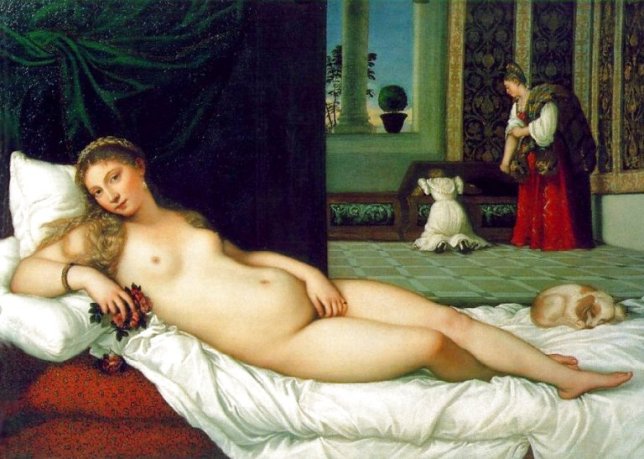
An impactful legacy
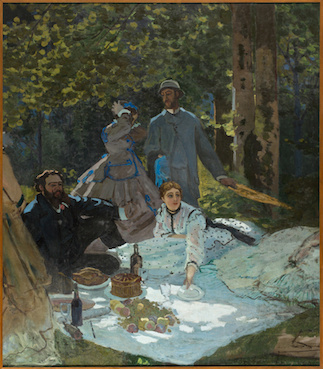
Manet died in 1883 at the age of 51. Although his artistic career was short, his impact was widespread. His ability to renounce standards and traditions upheld by the Academy for centuries laid the foundation of artistic rebellion for decades and generations of artists to come. Manet’s work is seen as a turning point, solidifying his name in the history of art as the father of modernism.
Discover more works inspired by art history on Artsper!

About Artsper
Founded in 2013, Artsper is an online marketplace for contemporary art. Partnering with 1,800 professional art galleries around the world, it makes discovering and acquiring art accessible to all.
Learn more












